Table of Contents
Step right up if the sight of vibrant, sweeping body art makes your eyes linger. We're talking about the intricate, often breathtaking world of japan tattoo designs. These aren't just pictures on skin; they're loaded with history, symbolism, and a tradition that's been refined over centuries. Forget the quick flash sheet pick; a genuine Japanese-style tattoo is a commitment, a narrative etched in ink.
The Deep Roots and Rich History of Japan Tattoo Designs
The Deep Roots and Rich History of Japan Tattoo Designs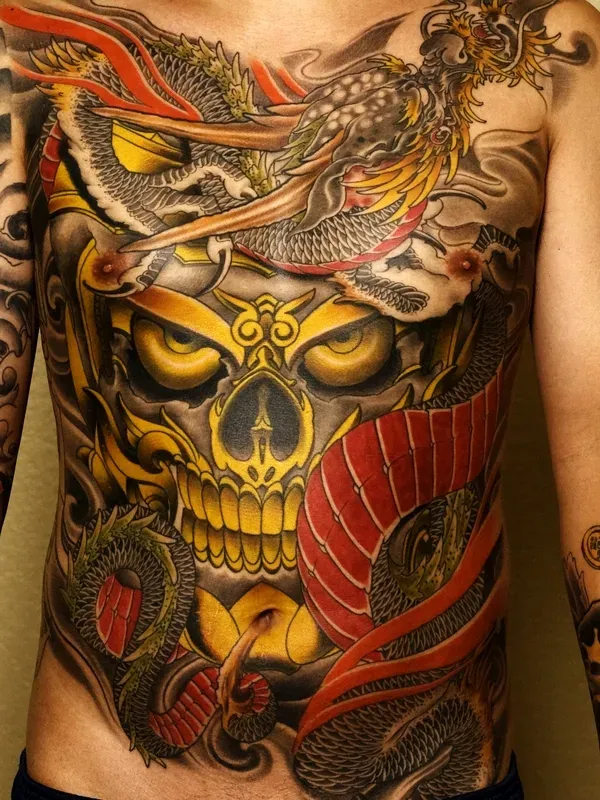
Alright, let's dive into how these incredible japan tattoo designs came to be. We're not just talking about a recent trend here; the history stretches back centuries, possibly even millennia. Early evidence suggests tattooing, or *irezumi*, was used for spiritual or decorative purposes way back in the Jomon period. Fast forward quite a bit, and you see it pop up again, sometimes used to mark criminals – a grim chapter, sure, but it's part of the story. Then came the Edo period, a true boom time for intricate japan tattoo designs. Suddenly, firefighters, laborers, and even some samurai started getting heavily inked. It wasn't just decoration; these tattoos often showed loyalty, status, or personal beliefs, drawing heavily from folklore, mythology, and nature. Think of it as wearing your values and your stories on your skin, a tradition that laid the groundwork for the complex, full-body suits we see today.
Decoding the Symbols: Meanings in Japan Tattoo Art
Decoding the Symbols: Meanings in Japan Tattoo Art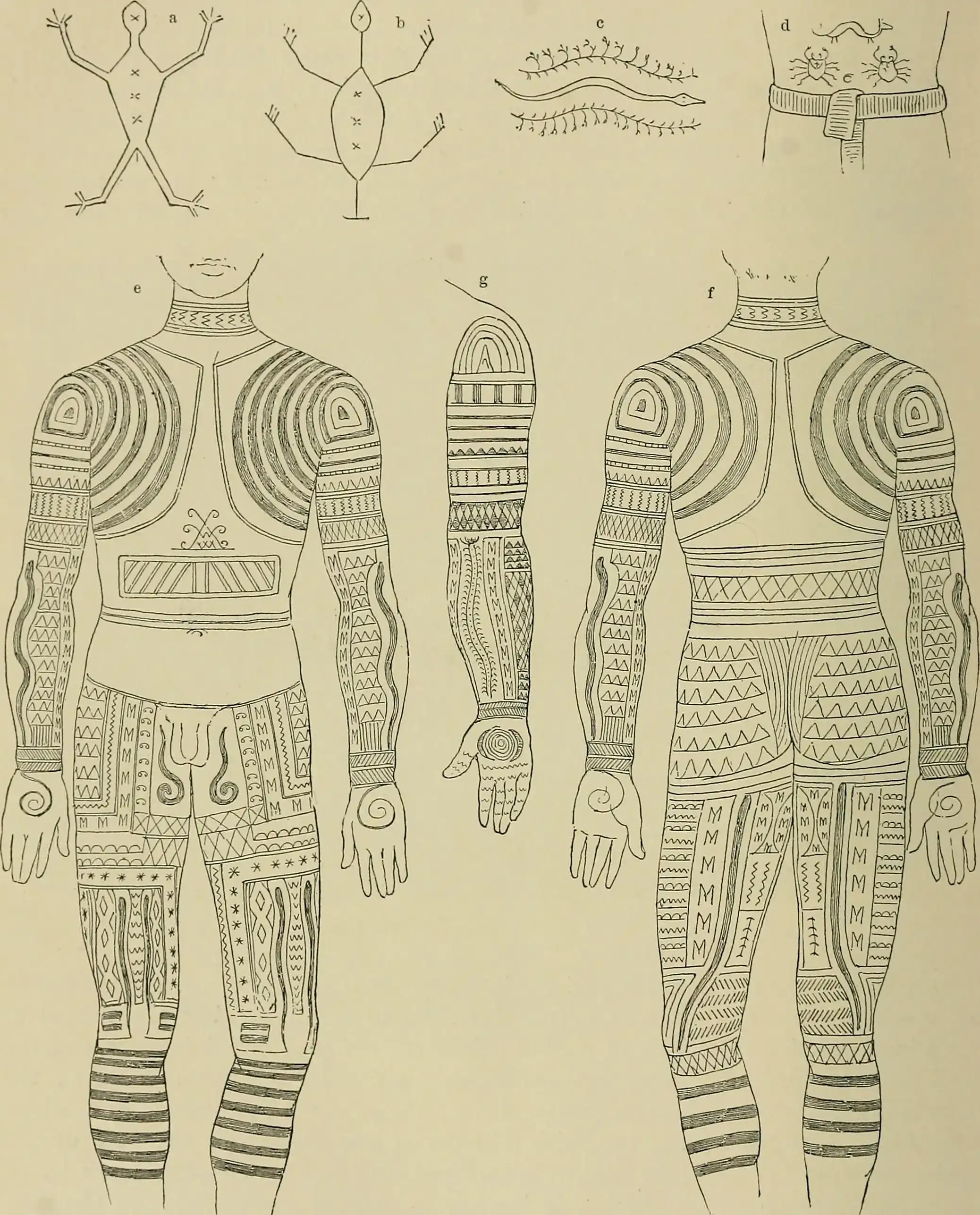
Now, the real magic of japan tattoo designs isn't just the incredible artwork; it's the layers of meaning packed into every image. Think of it like a visual language spoken on the skin. A dragon isn't just a cool mythical beast; it often symbolizes strength, wisdom, and protection, sometimes tied to water or the heavens. That determined koi fish swimming upstream? Classic symbol of perseverance, overcoming adversity, and transformation – you know, the whole "turning into a dragon" myth. Peonies represent wealth and prosperity, while chrysanthemums are often linked to longevity and perfection. Even the background elements, like waves, clouds, or wind bars, aren't just filler; they add context, movement, and further symbolism. It's a complex tapestry where each element tells a part of the story, and understanding these meanings is key to appreciating the true depth of the art.
Getting Inked: Practical Advice for Your Japan Tattoo
Getting Inked: Practical Advice for Your Japan Tattoo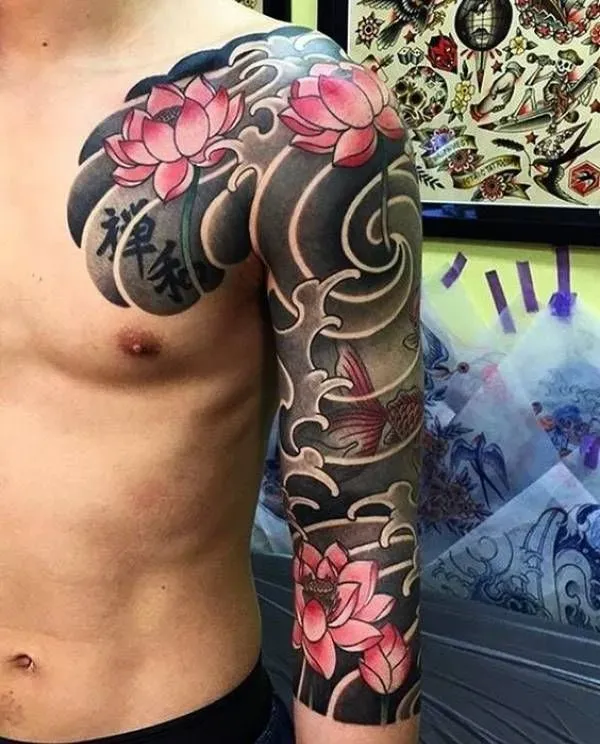
Finding the Right Artist for Your Japan Tattoo Designs
Alright, so you're hooked on the idea of getting some incredible japan tattoo designs. This isn't like getting a tiny heart on your ankle. This is a serious undertaking, and the first, most crucial step is finding the right artist. You don't just walk into the nearest shop and point at a picture. Look for artists who specialize in traditional Japanese tattooing, often called *Horimono* or *Irezumi*. Check their portfolios. Do their lines flow? Is the shading smooth? Do they understand the traditional motifs and their meanings? A true master has spent years, often decades, apprenticing and honing their craft. Don't be afraid to travel for the best; your skin is a permanent canvas, not a place for budget compromises. Schedule a consultation. Talk to them about your ideas, listen to their input, and see if your personalities click. You'll be spending a lot of time together.
Designing Your Narrative and Preparing for Sessions
Once you've found your artist, the real fun begins: collaborating on your specific japan tattoo designs. They'll work with you to build a concept, often incorporating elements that are personally significant while adhering to traditional rules and aesthetics. This isn't a quick sketch-and-go process. Expect multiple drawing sessions before the needle even touches your skin. Be patient. A good design takes time to develop. Discuss the placement – full back, sleeve, leg, or even a full body suit (*sōshinbori*). Understand that traditional Japanese tattooing is often done in large pieces, designed to fit the body's musculature and flow. Prepare yourself mentally and physically for the sessions. Get good sleep, eat beforehand, and stay hydrated. These aren't short appointments; they can last several hours.
Here's a quick look at common design elements and their general meanings:
- **Dragon:** Strength, wisdom, protection, power
- **Koi Fish:** Perseverance, overcoming obstacles, transformation
- **Tiger:** Strength, courage, warding off evil
- **Phoenix:** Rebirth, immortality, triumph
- **Snake:** Protection, healing, good fortune
- **Peony:** Wealth, prosperity, beauty
- **Chrysanthemum:** Longevity, perfection, happiness
The Reality: Pain, Time, and Cost of Japan Tattooing
Let's be blunt: getting traditional japan tattoo designs isn't pain-free. It varies depending on the location on your body and your own pain tolerance, but expect discomfort. Some areas, like ribs or directly over bone, are notoriously sensitive. Sessions can be long, and a large piece, like a full back or sleeve, will require multiple appointments spaced weeks or months apart to allow for healing. We're talking potentially dozens of hours under the needle spread out over a year or more. This commitment of time naturally leads to the final practical consideration: cost. Quality traditional Japanese tattooing is expensive. Artists charge by the hour or by the session, and the total cost for a significant piece can run into the thousands, sometimes tens of thousands, of dollars. Think of it as an investment in a lifelong piece of art and a connection to a rich cultural history. Cutting corners here is a bad idea.
Exploring the Classic Styles of Japan Tattoo Designs
Exploring the Classic Styles of Japan Tattoo Designs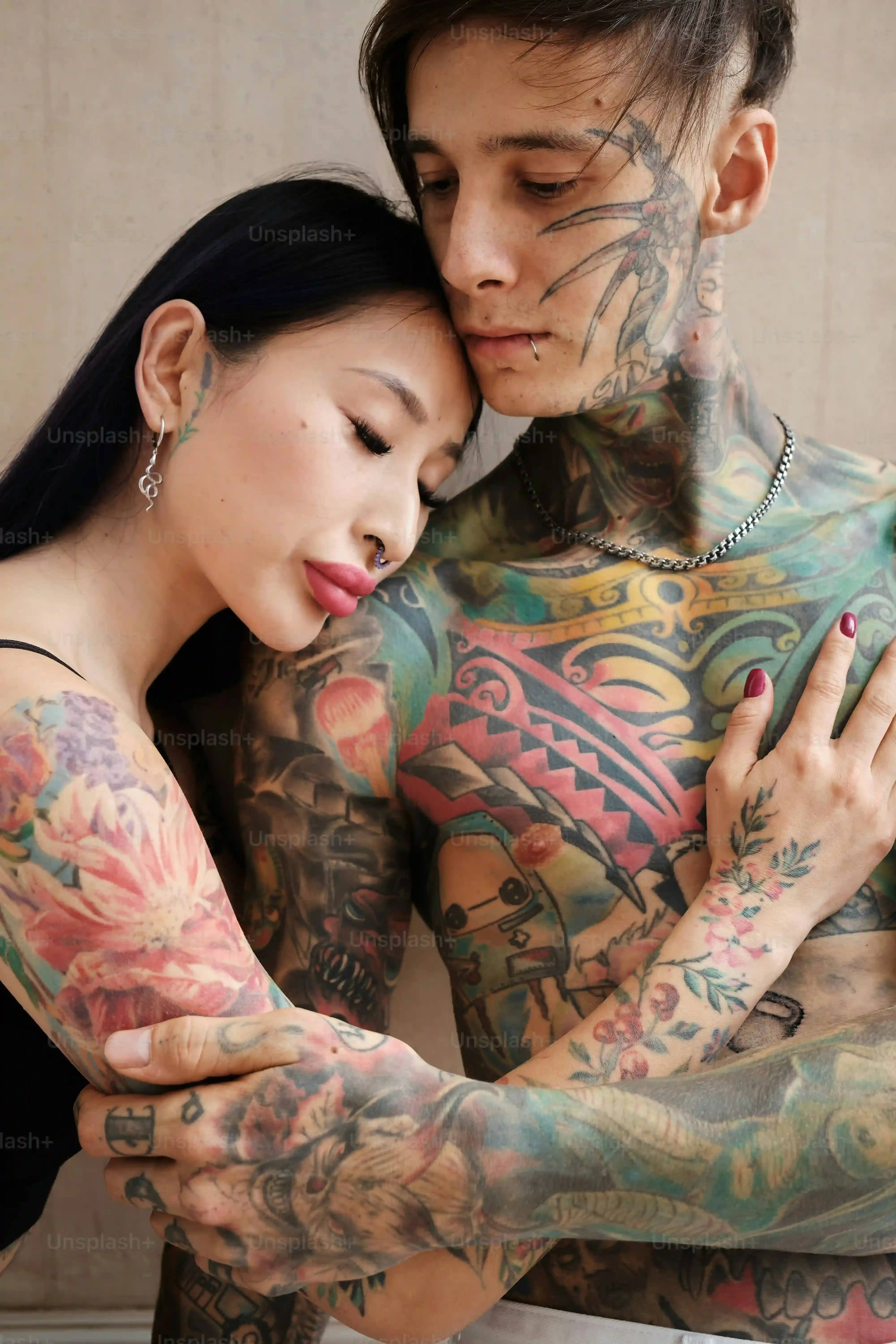
Understanding Irezumi and Horimono
So, you've seen those massive, flowing pieces and wondered what makes them tick? When we talk about classic japan tattoo designs, we're usually referring to *Irezumi* or *Horimono*. These terms are often used interchangeably, though *Horimono* can sometimes imply a tattoo done by a master artist using traditional hand-poking methods (*tebori*). The defining feature is the scale – these aren't small, disconnected pieces. They're designed to cover large areas of the body, often building towards a full body suit (*sōshinbori*). Think dynamic compositions that wrap around limbs and flow across the back, using the body's shape as part of the canvas. The color palette is typically rich and specific, favoring blacks, grays, reds, yellows, and blues, often applied in solid blocks or smooth gradients.
Key Visual Elements and Composition
What really sets these japan tattoo designs apart visually is the composition. There's a deliberate use of negative space, known as *nukibori*, where areas of skin are left untouched, allowing the inked areas to stand out dramatically. The flow is crucial; elements like water, wind, and clouds are used to connect motifs and create movement across the skin. You'll see figures from mythology, historical heroes, animals, and flora integrated seamlessly. It’s not just about putting pictures on the body; it's about creating a cohesive, living mural that tells a story or embodies a theme. The artist carefully considers how the tattoo will look in motion, how it will age, and how it fits the individual's physique.
Here are some common compositional elements you'll see:
- **Background:** Water (waves, ripples), Wind bars, Clouds, Rocks
- **Main Subjects:** Dragons, Koi, Tigers, Phoenixes, Snakes, Samurai, Geisha, Buddhas, Fudo Myoo
- **Flora:** Peonies, Chrysanthemums, Cherry Blossoms, Maple Leaves
- **Negative Space (*Nukibori*):** Uninked areas that define the inked shapes
- **Placement:** Designed to wrap and flow with the body's form
Beyond the Needle: Caring for Your Japan Tattoo
Beyond the Needle: Caring for Your Japan Tattoo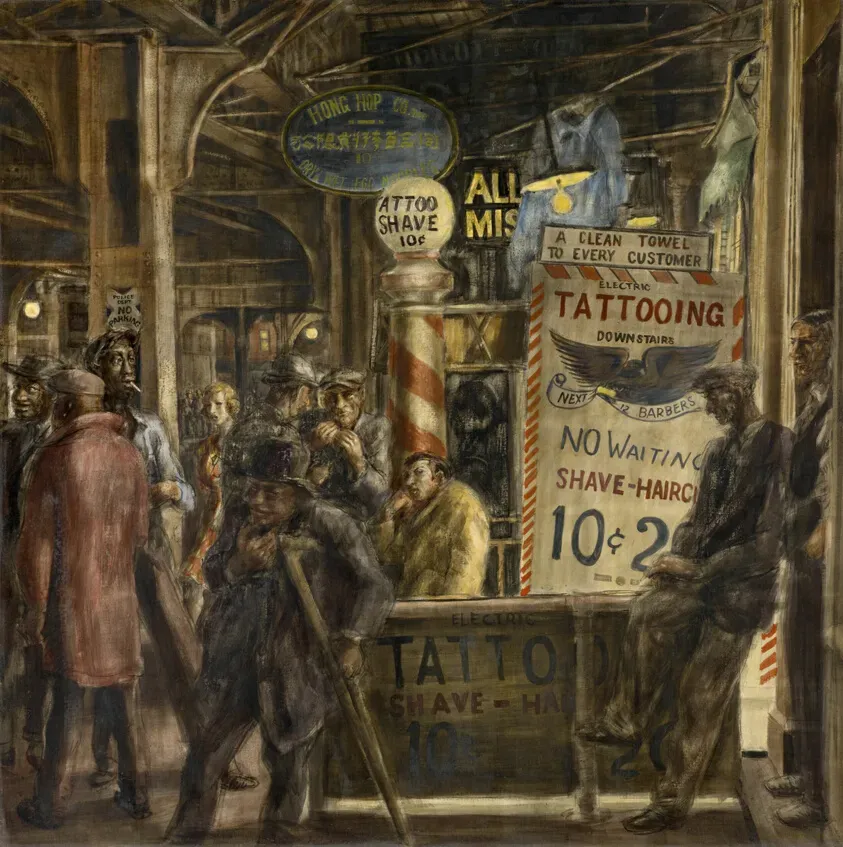
The Crucial First Few Weeks
you've sat through the hours, the pain, and you're finally walking out with your incredible japan tattoo designs. The work isn't over; in fact, the healing process is just as critical as the tattooing itself. Your artist will give you specific instructions, and you absolutely *must* follow them. Typically, this involves keeping the tattoo covered for the first few hours, then gently washing it with mild, unscented soap and lukewarm water. Pat it dry with a clean paper towel – don't rub! Then, apply a thin layer of the recommended ointment or lotion. The goal is to keep it clean and moisturized, but not suffocated. Over-moisturizing is a common mistake; it can lead to issues. Expect some redness, swelling, and maybe a little weeping initially. This is normal. What's not normal is excessive pain, weird discharge, or signs of infection. Listen to your body, and if something feels off, contact your artist or a doctor.
Long-Term Care for Lasting Vibrancy
Think of your extensive japan tattoo designs as an investment – one you need to protect for the long haul. The biggest enemy of vibrant tattoos is the sun. UV rays break down ink pigments faster than you can say "ouch." Once your tattoo is fully healed, which can take several weeks, get in the habit of applying a high SPF sunscreen whenever it's exposed. This is non-negotiable if you want those colors to stay true and the fine lines to remain crisp. Hydration helps too; keeping your skin healthy and moisturized from the inside out contributes to how your tattoo looks over time. Avoid harsh chemicals or excessive scrubbing on the tattooed area. Treat it gently, and it will reward you by looking fantastic for years.
Here's a quick checklist for ongoing care:
- Apply high SPF sunscreen to exposed tattoos.
- Keep your skin well-hydrated.
- Use gentle, unscented products on the tattooed area.
- Avoid prolonged soaking (baths, hot tubs) if possible.
- Maintain a generally healthy lifestyle (good diet, hydration).
What to Avoid and When to Seek Help
Protecting your intricate japan tattoo designs means knowing what *not* to do. During the healing phase, resist the urge to pick or scratch at scabs; this can pull out ink and lead to patchy healing or scarring. Avoid soaking the tattoo in water – quick showers are fine, but skip the long baths, swimming pools, and hot tubs until it's fully healed. These can harbor bacteria and increase infection risk. Once healed, chlorine and saltwater can still be harsh on tattoos, so rinse off afterward. If you notice persistent redness, swelling, increasing pain, warmth around the tattoo, pus, or a fever, those are red flags. Don't try to tough it out or self-treat a suspected infection. Contact your tattoo artist for advice, but more importantly, see a healthcare professional immediately. They can assess the situation and provide proper medical care if needed. Your health, and the longevity of your beautiful art, is worth it.
More Than Just Skin Deep
So there you have it. Peeling back the layers on japan tattoo designs reveals far more than just cool pictures. You're looking at a living history, a language of symbols, and a practice demanding serious skill and respect. It's a commitment, sure, but one that links you to a tradition stretching back generations. These weren't, and aren't always, easy pieces to get or to wear, often carrying social weight along with their artistic merit. Understanding them means appreciating the stories they tell, the pain endured for their creation, and the enduring power of ink on skin to communicate something profound.